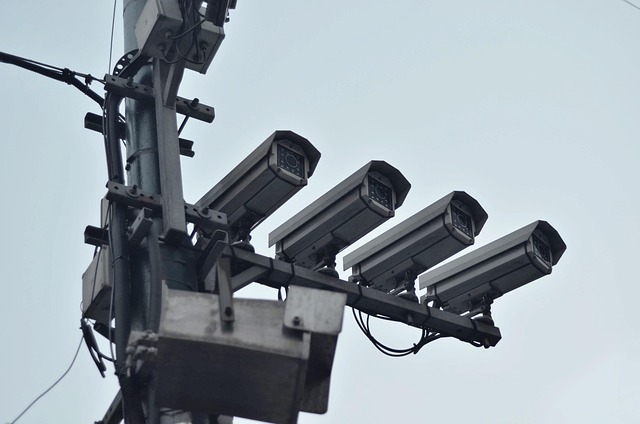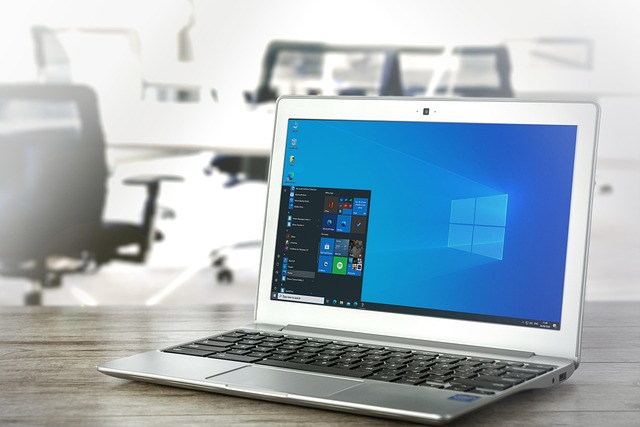
MicroSD Card Choosing the Best for Portable Storage
When it comes to portable storage, the microSD card has become the de‑facto standard. Its tiny form factor belies a surprising amount of power, making it the perfect companion for everything from smartphones and action cameras to tablets, drones, and even some laptops. Choosing the right microSD card can feel like a maze of technical jargon, but a clear understanding of what you need and how the cards are built will simplify the process and ensure you get the best performance for your particular use case.
What Is a MicroSD Card?
A microSD card is a small, removable flash memory card that follows the Secure Digital (SD) standard. The “micro” prefix refers to its compact size—measuring just 15 mm by 11 mm by 1 mm—yet it retains the same interface and file system options as larger SD cards. This makes it a universal storage medium for a wide range of devices. MicroSD cards are available in a variety of capacities, speed ratings, and endurance levels, each suited to different applications.
Key Specifications to Know
Before diving into the specific models, it helps to understand the core specifications that define a microSD card’s performance and reliability. Here are the most important factors to consider:
- Capacity – The total amount of data the card can hold, usually ranging from 2 GB to 1 TB.
- Speed Class – A rating that indicates the minimum write speed necessary for certain types of content, especially video recording.
- UHS (Ultra High Speed) Rating – An upgrade over the original speed class, providing higher data transfer rates suitable for 4K video and fast burst shooting.
- Endurance – How many write/erase cycles the card can survive, a critical factor for devices that constantly write data, such as action cameras or dash cams.
- File System – The format used to organize data, commonly FAT32, exFAT, or NTFS. Compatibility depends on the device’s firmware.
Speed Classes Explained
Speed classes were introduced to ensure that cards would keep up with the demands of recording video. The traditional classes—Class 2, Class 4, Class 6, and Class 10—represent minimum write speeds of 2 MB/s, 4 MB/s, 6 MB/s, and 10 MB/s respectively. However, modern cameras and phones often require faster rates:
- Class 10 cards are suitable for Full HD video and standard burst shooting.
- UHS‑I (U1 and U3) cards provide 10 MB/s and 30 MB/s minimum write speeds, making them ideal for 4K and high‑speed photography.
- UHS‑II cards, rated up to 312 MB/s, are overkill for most consumers but can be useful for high‑end devices and professional setups.
Capacity Considerations
The right capacity depends largely on what you plan to store. A 32 GB card is often sufficient for everyday use—capturing photos, downloading apps, and storing documents. However, if you record long 4K videos or shoot in RAW, you’ll want at least 128 GB or more. For extreme cases, like continuous dash‑cam recording or professional fieldwork, 512 GB to 1 TB cards become necessary.
Durability and Endurance
MicroSD cards are built from NAND flash memory, which has a finite number of write/erase cycles. Devices that write data continuously—such as dash cams, security cameras, or action cameras—can push a card to its limits quickly. Endurance is usually expressed as the total amount of data written over the card’s life, or in a more consumer-friendly metric like “write endurance” measured in GB per year.
For heavy‑write applications, look for cards labeled “High Endurance” or “Wear‑Leveling.” These cards use a more robust type of flash memory and often come with a longer warranty.
Compatibility Matters
Even if a card boasts impressive speed, it won’t help if your device can’t support it. Check your device’s specifications: some older smartphones only recognize up to Class 10, while newer tablets may support UHS‑I. Additionally, the file system must match; for instance, a 32 GB SD card in exFAT might not work on a device that only supports FAT32.
Brand Comparison
While price is always a factor, reputable manufacturers typically deliver better reliability and customer support. Below is a quick overview of some of the most trusted brands in the microSD card market:
- SanDisk – Known for a wide range of capacities and the Ultra and Extreme lines that balance speed and endurance.
- Samsung – Offers the EVO and PRO series, which excel in UHS‑I performance and longevity.
- Kingston – Provides a solid baseline of reliable cards, often at a lower price point.
- PNY – Offers affordable cards with decent speed, but with limited high‑end options.
- Lexar – Focuses on professional-grade cards with high durability and large capacities.
How to Choose the Right Card for Your Needs
Here is a step‑by‑step approach to make the decision easier:
- Identify your device’s requirements. Look up the maximum capacity, speed class, and file system supported.
- Determine your use case. Do you need to shoot 4K video? Or just store photos and documents?
- Set a budget. Higher capacities and faster speeds come at a premium.
- Check for endurance ratings. If you use a dash cam or action camera, prioritize high‑endurance cards.
- Read reviews. User experiences often reveal hidden quirks, such as compatibility issues or premature failures.
Common Myths About MicroSD Cards
Despite their ubiquity, a few misconceptions still circulate. Clearing them up helps avoid costly mistakes.
- “More capacity always means better performance.” Not true. A 512 GB card can still be slow if it’s only Class 2.
- “All microSD cards are the same size.” They are physically identical, but the actual memory chip can vary. Some brands use “super speed” chips that run faster internally.
- “A higher price guarantees longevity.” Higher cost can reflect better quality, but you can also find budget options that perform adequately for low‑intensity use.
- “MicroSD cards can be rewritten forever.” Flash memory is wear‑limited. Using a card with a high endurance rating is essential for repeated writes.
Best Practices for Maintaining Your MicroSD Card
To extend the life of your microSD card, follow these simple guidelines:
- Always back up important data. Even the best cards can fail.
- Use a proper ejection tool. Removing a card while data is being written can corrupt files.
- Avoid extreme temperatures. Flash memory performs poorly above 60 °C and below 0 °C.
- Do not mix brand and speed classes. This can sometimes lead to performance bottlenecks.
- Keep firmware updated. Device firmware may include improvements for newer card standards.
Conclusion
Choosing the best microSD card boils down to matching the device’s specifications, the user’s application, and the card’s speed and endurance capabilities. By understanding the key parameters—capacity, speed class, UHS rating, endurance, and file system compatibility—you can confidently pick a card that will deliver reliable performance and longevity. Whether you’re an everyday smartphone user, an avid photographer, or a professional recording device operator, the right microSD card can make a significant difference in the quality and durability of your digital workflow.



